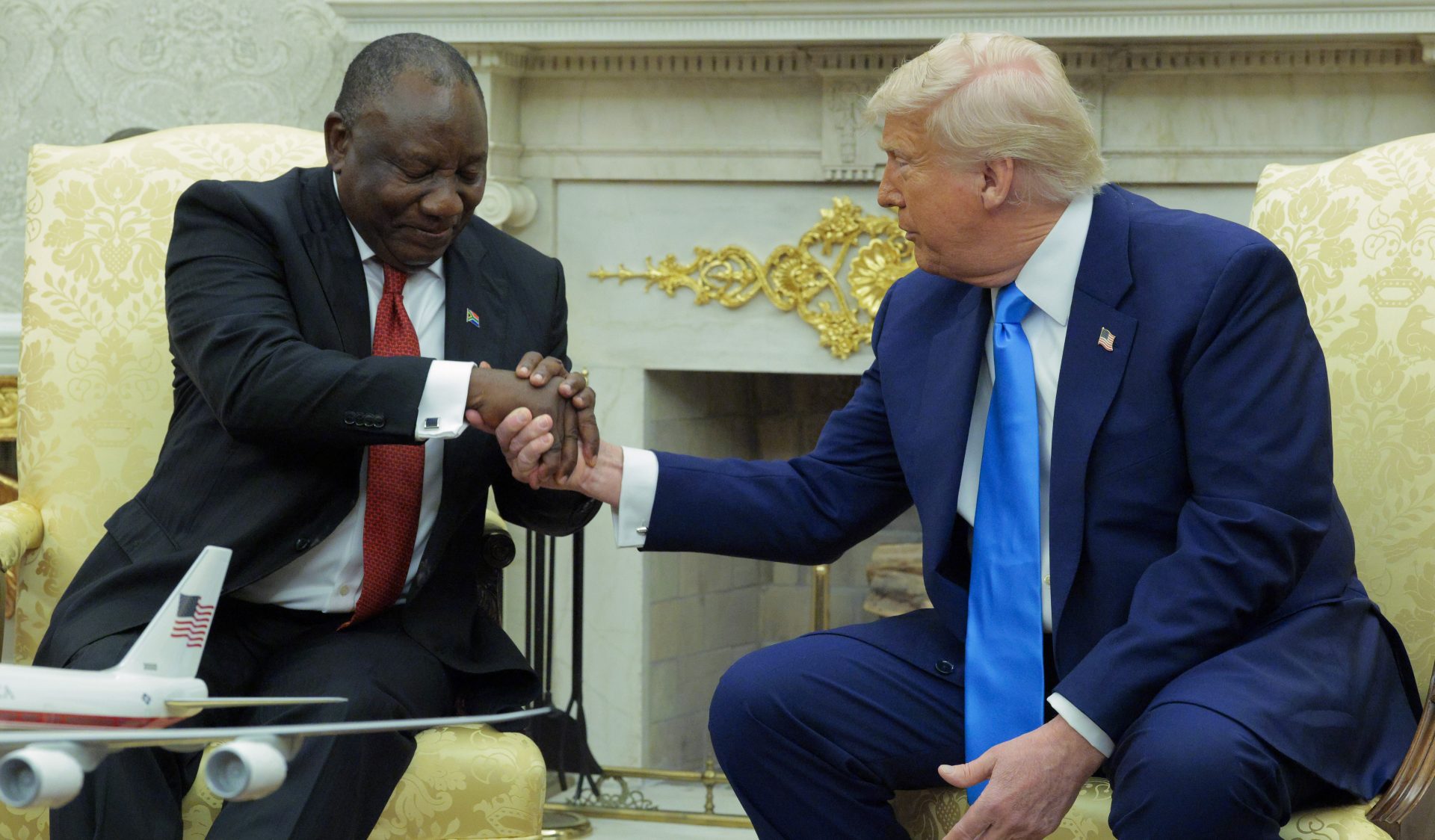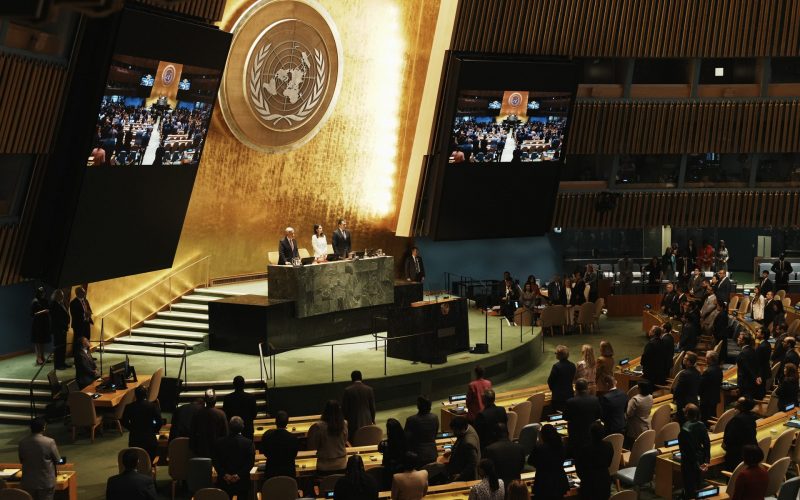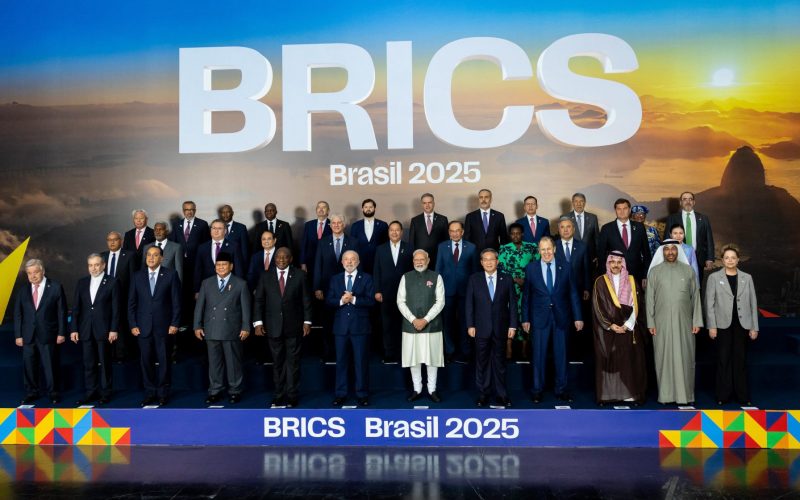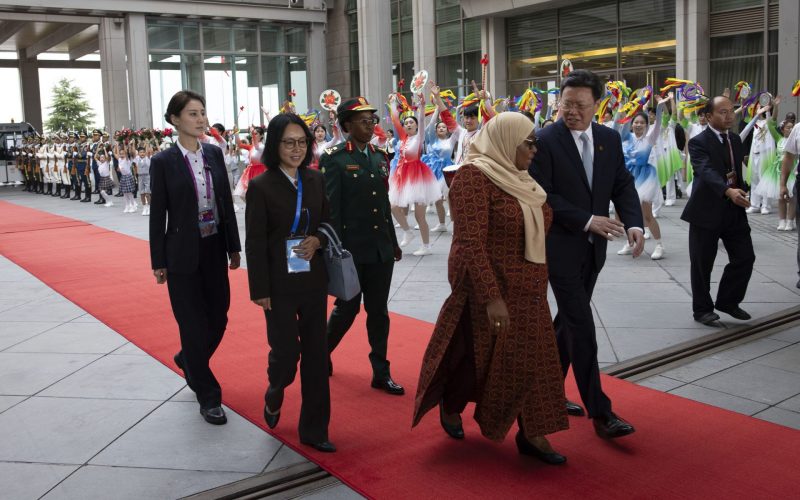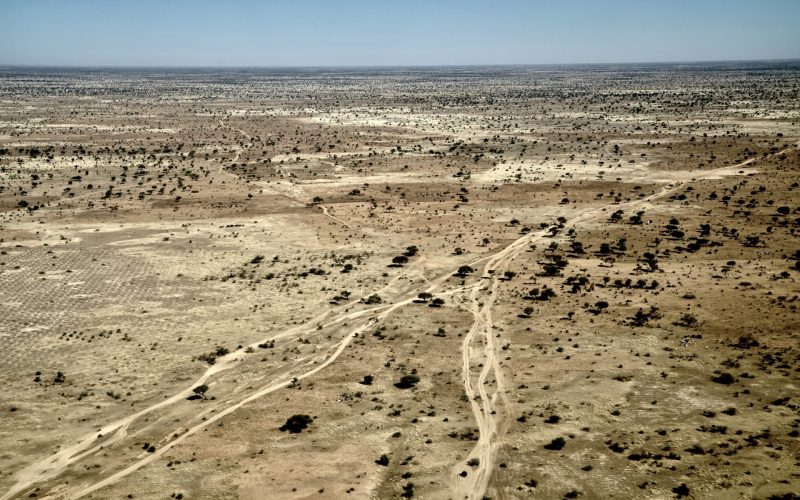Given recent comments by Elon Musk and President Donald Trump regarding the killings of white farmers in South Africa, and Trump’s decision to grant refugee status to Afrikaners, it was reasonable to expect the issue to arise during the first US–South Africa bilateral meeting at the White House since 2022, on 21 May 2025.
Trump has time and again proven his appetite for spectacle. The key to successful negotiation lies in how the opposing party takes part in the spectacle. Finding the balance between flattery and strength is something that leaders around the world are beginning to grasp. Those in the Kremlin have seemingly mastered the art, responding diplomatically to the US president’s inflammatory comments without engaging directly in a verbal confrontation, all the while maintaining an apparent flattering guise.
The actual content of the spectacle is not entirely relevant, as oftentimes what is said is later revised, disproven or revoked. When Trump announced global reciprocal tariffs in April, he did so in a fashion not dissimilar to the manner in which he confronted Ramaphosa with alleged instances of farm murders in South Africa – through the use of printouts. Only a few months later, the White House practically reversed its position on tariffs. Whatever the president’s motives, the spectacle gained worldwide media coverage and its potential ramifications shocked the global economy, forcing countries to renegotiate their US trade policies.
In this sense, it is hardly surprising that the purported images of dead white farmers in body bags shown to Ramaphosa were extracted from Reuters footage taken in the Democratic Republic of Congo. The case could even be made that the subsequent widespread media coverage of factual inaccuracies would finally put to rest the unfounded claim of there being a ‘white genocide’ in South Africa. Ramaphosa carefully reframed the issue, emphasising that crime in South Africa disproportionately affects Black communities, and that international cooperation would go a long way in addressing it.
What does matter is that, for better or for worse, and in a style South Africans have become accustomed to, Ramaphosa maintained his composure throughout and refused to engage in a spat over the nature of what was being shown. He allowed his counterpart the time to speak, remaining diplomatic and measured in his responses, all the while emphasising the need for economic cooperation between the two nations without directly addressing what he saw before him. He humoured Trump.
It wasn’t the first time a president had been ambushed by Trump in front of the world’s media, but this time the outcome was markedly different. These most tense of moments, which began with a video of Julius Malema’s Economic Freedom Fighters chanting the controversial, yet constitutionally vetted anti-apartheid struggle song “Kill the Farmer, Kill the Boer”, drew similarities to what can only be described as Trump and Vice President JD Vance’s ambush of Ukraine’s Volodymyr Zelenskyy in late February. While one could commend the Ukrainian leader for his passionate defence amid an ambush, politically, this left him isolated from the White House. What Ramaphosa realised, and what leaders around the world are figuring out, is that engaging with the US president requires an element of appeasement, of taking part in the spectacle.
In this sense, the South African leader rose to the occasion, his delegation selectively composed not only as a show of unity through diversity but also to appeal directly to Trump. Ramaphosa entered the White House alongside the wealthiest person in South Africa, Johann Rupert, himself a historic critic of the ANC, as well as golfing legends Ernie Els and Retief Goosen. Completing the quartet was the leader of the opposition DA, John Steenhuisen. These four gentlemen shared some distinct traits – they are all white and of Afrikaans heritage.
When the issue of genocide was brought up, Ramaphosa neatly diverted the question to Steenhuisen, his long-time political opponent turned Minister of Agriculture, who emphasised the importance of cooperation within the Government of National Unity (GNU) as a means of keeping radical parties from the doors of Parliament. Although some have criticised Steenhuisen’s attack on Malema and former president Jacob Zuma as a wasted opportunity to address the real issues of unemployment and inequality, his theatrical denouncement of the opposition certainly resonated with Trump’s modus operandi.
Despite managing to resolve its disagreements over the national budget, the GNU has faced significant domestic criticism, with its member parties seemingly at odds at almost every level. Nevertheless, the appearance of cooperation on such a global stage may come as a promising sign. While a US–SA trade deal remains an elusive prospect, the delegation’s performance at the White House meeting could well have set the tone for future cooperation.
For other global leaders watching, Ramaphosa’s neat combination of flattery, appeasement and sidestepping of a hotly debated issue may well serve as a lesson on how to survive a diplomatic ambush at the White House. It remains to be seen whether the South African leader departed with more than just his international reputation intact.


